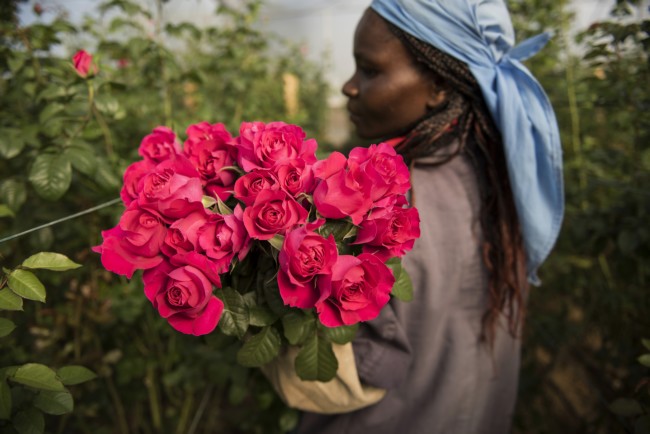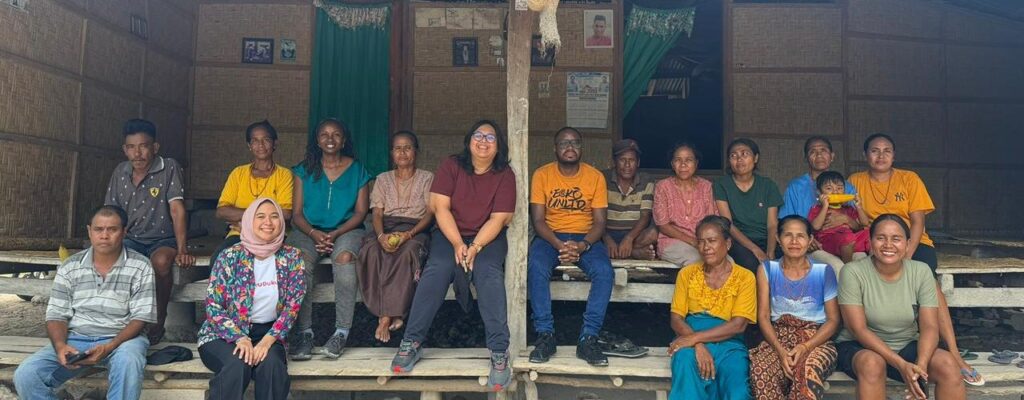Farmworkers have been excluded from the government’s allocation of $600 million set aside to cushion vulnerable households worst hit by the national lockdown put in place to stem the spread of the novel coronavirus (Covid-19).
By Audrey Mutasa
The lockdown, which commenced on March 30, supposedly running for three weeks was extended by a further 28 days, making it difficult for the informal and agricultural sectors to cope.
Finance and Economic Development minister Mthuli Ncube in his statement on March 30 said vulnerable groups in the country were the most exposed to the Covid-19 crisis. He said Treasury had set aside resources to cover one million vulnerable households under a cash-transfer programme and payment that was to commence immediately.
“Treasury will initially be availing an amount of $200 million per month under a cash transfer programme over the next three months and both the amount and duration of payments will be reviewed as necessary,” Ncube said then.
“The Social Welfare Department will use its usual mechanisms to identify the beneficiaries.”
The department of Social Welfare, however, excluded farmworkers from the beneficiaries according to the General Agriculture and Plantation Workers Union of Zimbabwe (Gapwuz), yet they like the poorest households, live from hand-to-mouth due to paltry wages way below the breadline.
Government declared the agricultural industry an essential service to continue operating during the lockdown, which gives the impression that farmworkers are well-catered for as they will be receiving wages during the lockdown.
According to the National Employment Council for the Agricultural Industry of Zimbabwe, farmworkers in the horticulture sector are expected to earn US$16 a month.
Gapwuz said more concerning was that farmworkers had not been given a risk allowance for working during the coronavirus pandemic, while other essential sectors have been.
“Today in the face of the coronavirus pandemic, Zimbabwe has seen most workers placed under essential services receiving increments on risk allowance,” Gapwuz said in a statement.
Statistics revealed that in a collective bargaining agreement published by the health board, high risk workers would now earn $1 500 (US$43), while the low-risk workers will receive $600 (US$17) a figure, which is even higher than the current minimum wage of $550 (US$16) in the horticulture industry.
“Now is the best time to operationalize Section 6 [of the collective bargaining agreement] and pay these crucial farmworkers a risk allowance,” said Gapwuz.
The farm workers union said more than 70% of its workers, particularly the horticulture sector were women, who in periods of crisis always bear the brunt of the emergency.
“Social norms put a heavy primary care-giving burden on women and girls,” Gapwuz said.
“The crisis is likely to cause their physical and mental health to suffer and impede their access to sources of livelihoods.”
Women are more likely to lose their jobs in times of a crisis than men and as food becomes scarcer during a public health emergency, households will be forced to engage in negative coping mechanisms, such as consuming less food.
“Where women eat last and least, additional health complications emerge including increased susceptibility to covid-19,” Gapwuz said.
“The lockdown also exposes women to gender-based violence either because they already have a violent partner or because partners may become violent as a result of the added stress of financial penury.”
Zimbabwe’s food poverty line was about US$60, while the poverty datum line was US$120 in December 2019.flowers
Original Source https://www.thestandard.co.zw/




